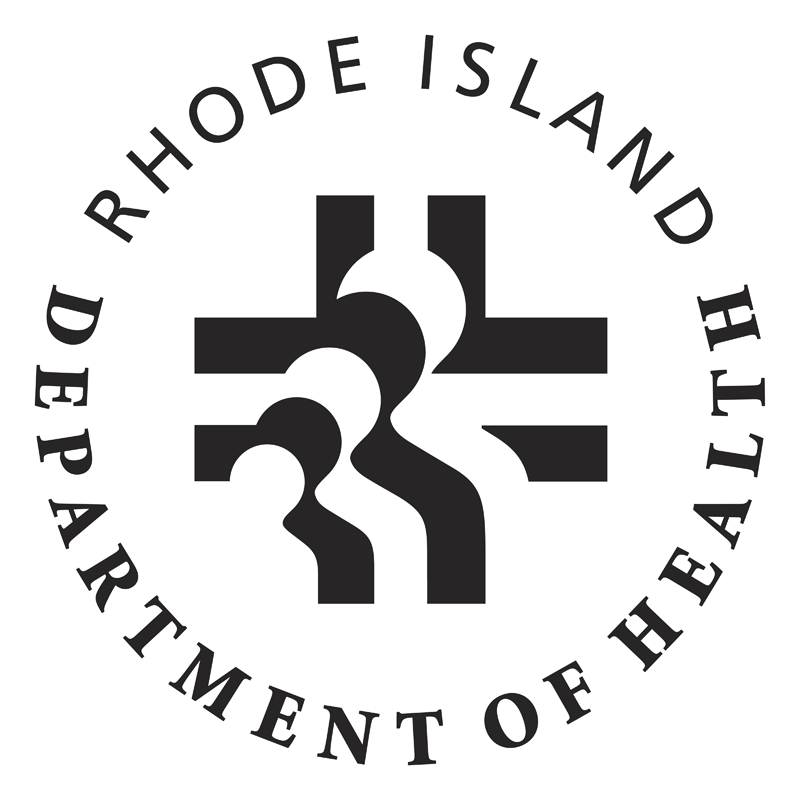 Rhode Island Department of Health
Rhode Island Department of HealthState of Rhode Island
Department of Health
 Rhode Island Department of Health
Rhode Island Department of HealthState of Rhode Island
Department of Health
MRSA (Staphyloccal Infection) is a type of staph bacteria that is resistant to certain antibiotics including methicillin, oxacillin, penicillin, and amoxicillin.
MRSA infections can occur in any geographic location and anywhere on a person’s body and can affect anyone. Historically, MRSA infections occurred in hospitalized patients, but now these infections are common in the community. The biggest risk factor for MRSA infection is open or broken skin (such as a wound or surgical site); however, MRSA infections can occur even on areas of the skin where there is no obvious wound or break in the skin.
MRSA in healthcare settings usually causes more severe and potentially life-threatening infections, such as bloodstream infections, surgical site infections, or pneumonia. The signs and symptoms will vary by the type and stage of the infection.
In the community, most MRSA infections are skin infections that may appear as pustules or boils which often are red, swollen, painful, or have pus or other drainage. They often first look like spider bites or bumps that are red, swollen, and painful. These skin infections commonly occur at sites of visible skin trauma, such as cuts and abrasions, and areas of the body covered by hair (e.g., back of neck, groin, buttock, armpit, beard area of men).
MRSA is almost always spread through direct skin-to-skin contact.
MRSA has become more common in hospitals because of the heavy use of antibiotics, which contributes to the rise of drug-resistant bacteria. It spreads easily if there are not good hand-washing practices in place. A new strain of MRSA has evolved in the community, and people who have not been in the hospital are getting the infection.
As long as the germ stays only on the person’s skin, MRSA is not usually a problem. However, if the germ gets inside the body through a cut or a scrape, it can cause a skin infection, which usually starts as a boil. The bacteria can also spread to the blood, bones or vital organs, which can cause serious complications and even death.
Most MRSA infections are treated by good wound and skin care that includes keeping the area clean and dry, washing hands after caring for the area, carefully disposing of any bandages, and allowing your body to heal. Sometimes treatment requires the use of antibiotics. If antibiotics are needed, it is important to take all the doses you are given unless your doctor tells you to stop. If the infection has not improved in a few days after seeing your doctor, contact your doctor again.
For Long Term or Residential Care Managers